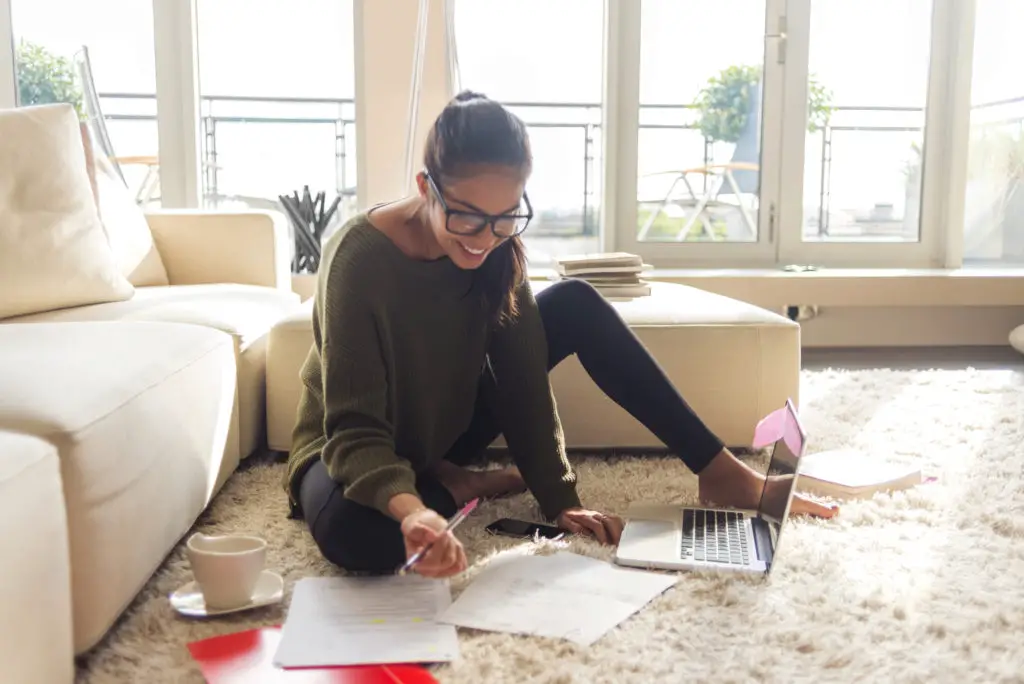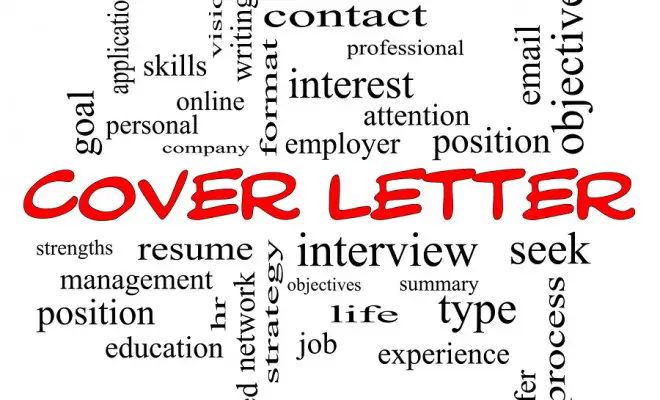
Tips on the structure and design of the cover letter
The perfect cover letter must meet a number of requirements. What should be considered when creating the cover letter in terms of composition and structure?
The letter of application is the most important document in your application, along with your CV. It offers you the space to introduce yourself in more detail, to highlight your strengths and to prove them with examples.
Each cover letter should be individually tailored to the applicant and the relevant position. In addition to the content, a structured structure is also important – because only then does the reader know where to find which information. Although the application letter varies from person to person, it is advisable to follow a certain pattern.
In this guide, we will tell you how to properly structure your cover letter and what you should consider when it comes to the visual design.
Where is the application letter?
Before we get into the details of the structure and design, you should know how your entire application is structured. Although the CV is the heart of your application, the cover letter is always the first document.
It doesn’t matter how you send your application. When applying by email, you have the option of writing the letter of application in the email itself or attaching it to your attachment. We usually recommend the second variant, as this way you can be sure that your application will be received in full. In the e-mail itself you can write a short text that refers to your documents in the attachment.
If you send your application in the classic way in an application folder, the cover letter is always on top – even if you have a cover sheet . In the case of a multi-part application folder, the letter of application is always the first document on the far left.

Structure of application letter
The cover letter is basically a business letter. Therefore, you can also use the official DIN 5008 for business letters as a guide. The structure of the application letter is precisely defined here, right down to the individual space. In some industries, it is even explicitly required to submit an application according to the DIN 5008 standard – as a rule, however, you do not have to adhere to the specifications so strictly. However, the standard provides good guidance.
You should keep one important piece of information in mind when setting up: Your cover letter should never be longer than one page.
The letterhead
You start your cover letter with a classic letterhead that contains the personal data of the recipient and the sender. Your name, address, telephone number and e-mail address are right-aligned.
Alternatively, you can place this information in a header. This has the advantage that your personal data can be found on every page of your application. It’s also a way to save space.
This is followed by the recipient’s data, left-aligned. Remember to include the full name of your contact, as well as the correct company name and maybe even the name of each department and address. You only have to enter the country if you are applying abroad.
The last part of the header is the current date, which is again right-justified. The easiest way is to stick to the day, month, year format. You can also add the place where you write the application.
John matt
Haupsda
10411 Norway
Phone: 03432/342342334
Email: firstname@email.asd
Name company
ddd department
Adsdsddf
334 Norway
DD/MM/YYYY
Subject line
In the best-case scenario, the subject line should only be one line, but no more than two. You don’t have to start this line with the word “Subject:” but you can emphasize it by making the text bold.
Attention: You can apply “for” and “for” a position, but not “for” a position.
Body text
The core of the structure of your application letter is the body text, in which you introduce yourself and present your strengths. Since this guide deals with the structure and design of the application letter, we will only briefly outline which content-related points are important.
The body of the text is divided into three sections: introduction, body and conclusion. You should dedicate a separate paragraph to each section, whereby the main part can be subdivided into further paragraphs.
You can find more information about what you should pay attention to when drafting your cover letter in our guide.
Notes on the attachments
At the end of your letter of application, you can use the simple word “Annex” to indicate that there are certificates and other evidence in the appendix. You can also list them in bullet points if you have enough space.
Design of the cover letter
In addition to the correct structure of the letter of application, which makes it easier to read your application, an attractive visual design is of course also important. Again, there are a few elements to keep in mind.
Font and size
Your CV and cover letter should be as uniform as possible. So decide on a font that you will use for your entire application. Above all, you should make sure that it is easy to read – playful fonts with flourishes are therefore not so well suited.
You can also choose between serif and sans serif fonts. Sans serif fonts such as Arial are well suited for applications that are read on the screen, while serif fonts such as Times New Roman are easier to read on paper.
Another important point is of course the font size: ideally it should be between 10 and 12 points so that it is easy to see.
Text alignment and line spacing
When it comes to text alignment, you have two options: you can format the text left-justified or in full block. If you decide to use justification, make sure that the text is evenly aligned – if it is unattractively stretched out, there will be large gaps that you should avoid. You can’t go wrong with left-aligned text.
Make sure the line spacing is legible. At the same time, it should still fit on one page. Single line spacing is usually the best solution.
Margins
When it comes to margins, most applicants will simply rely on the margins already set in their word processing program – in most cases this is perfectly adequate.
Some applicants try to create more space for their text by making the margins extra narrow. This is not only very noticeable, but also stretches the cover letter unattractively. Rather, try to concentrate on the most important information in your text.
Colors and patterns
Less is more – you should stick to this saying if you want to visually beautify your cover letter. Decide on one or a maximum of two accent colors . When it comes to the font, you should stick to classic black, as legibility of your application letter is always the top priority.
You should also be careful with patterns in the background or in the header or footer of your cover letter – after all, the design should not steal the show from the content.
Use templates correctly
When creating a cover letter, you have to pay attention to a few things, because in addition to an organized structure, an attractive design is also important. If you don’t feel confident enough to design your own cover letter, it’s a good idea to use a ready-made template.
On our website you will find numerous templates for cover letters from classic to creative . You can customize them with just a few clicks in our editor. You should always make sure that you write your own text and adapt your cover letter individually. If you accidentally send a placeholder text or name skills and knowledge that do not fit the position at all, it will not make a good impression.
Finding a Job, Communication and Networking, CV and Cover Letter, JOB HUNTING, Job Interview Tips







